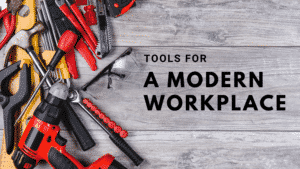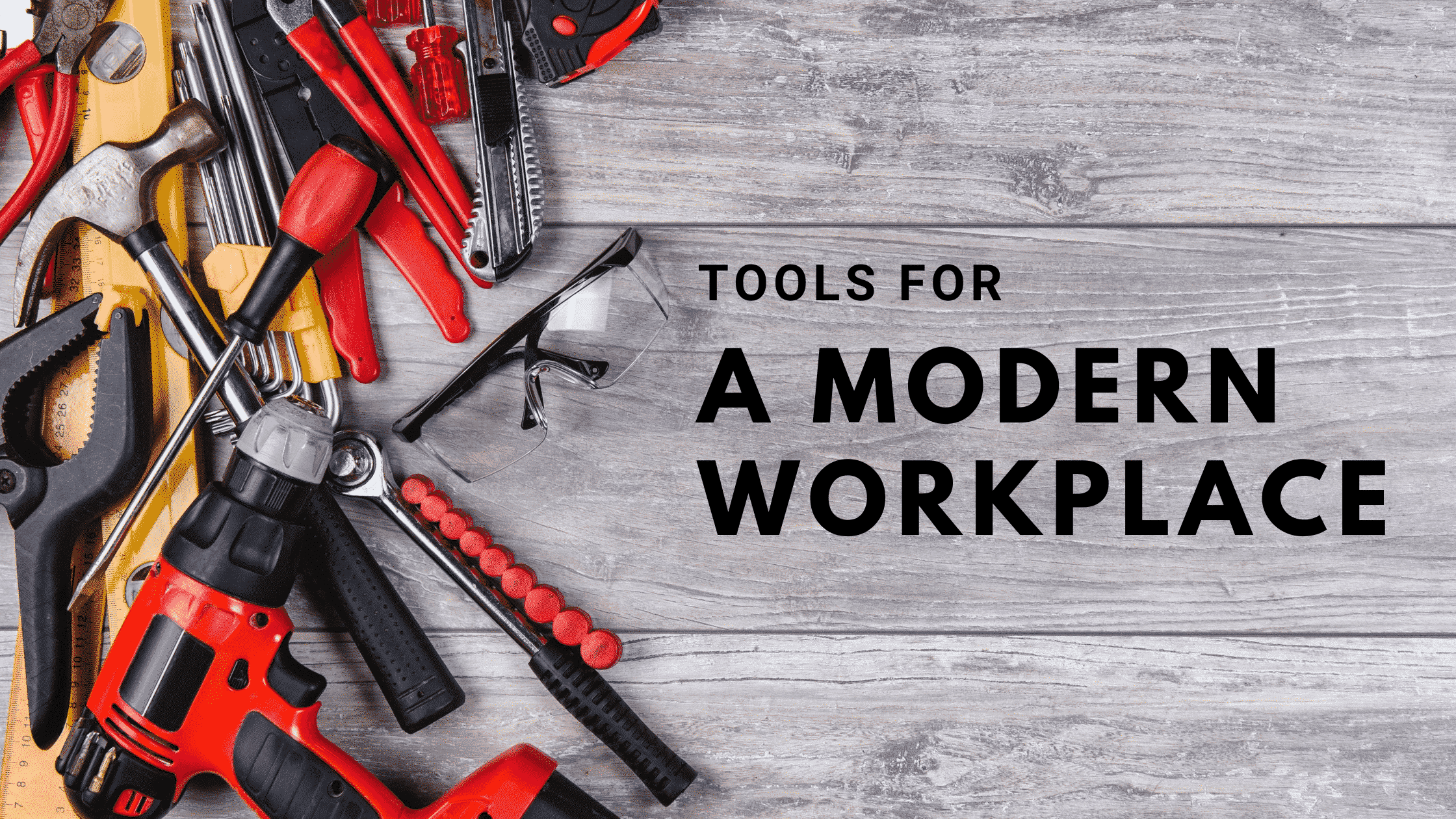Today’s digitally-driven, inter-connected, and modern workplace environment looks a whole lot different than it did in past generations.
So, what workplace trends are affecting companies nationwide? What new technology in the workplace is needed to help stay on top of them? We’ve broken down three major trends affecting the modern workplace environment, and how Microsoft tools can help you stay successful and efficient in this ever-changing business world.
Remote Working is the New Norm.
“Work from wherever policies” are not just a trendy fad—they’re here to stay. 3.9 million Americans now work from home at least half the time. Of those remote workers, 90% plan to keep doing so for the rest of their career. This means a modern workplace environment doesn’t just include your office—it also includes your employee’s homes, coffee shops, airports, client’s offices, and virtually any other location.
As remote office policies become more commonplace, unique issues and modern workplace trends will arise as well. New technology in the workplace that allows employees to work efficiently and stay on the same page, even when they aren’t working from the same place, is popping up left and right.
For example, if a remote employee does not have reliable, high-speed internet, they won’t be able to pull up files, make uploads and downloads, or access the cloud-based apps they need to get their job done. Microsoft Surface with LTE devices were designed to help solve this problem by using radio frequency communications (similar to how cellphones work) to connect to LTE network towers. This allows remote employees using these devices to access the internet and any apps they need to do their job from anywhere they can get a cellphone signal.
Additionally, remote work can hinder an employee’s ability to communicate with their coworkers and feel like part of the team—unless your business utilizes the right tools. Microsoft Teams is a workplace collaboration cool to transform the way a modern workplace environment functions. On one shared and easy-to-use workspace, team members are empowered to chat, hold video or audio conferences, share files, and work within seamlessly integrated business apps—quickly and from any location.
“Bring Your Own Device” Policies are on the Rise.
Many employers realize they can’t keep up with technology as nimbly as their employees can, especially the tech-savvy Millennials that now make up the majority of the labor force. That’s why more and more companies are adopting “bring your own device” policies (coined BYOD) that allow employees to use their personal devices rather than company-issued ones.
While employees being able to work on the devices they prefer can lower your operational costs and improve morale, it also raises new security concerns. However, your employees can experience increased data security when communicating through Microsoft Teams with region-based data residency and data encryption (both at rest and in transit). This way, your confidential business data can be secure no matter where employees are working from and what devices they’re using.
Office 365 Business Premium software also boasts robust security measures. As long as the user can connect to the subscription-based business enterprise software’s server, they will always have the latest security patch for the software. On this version of the subscription software, users also get enforced multi-factor authentication, region-based data residency, and phishing email protection in the Outlook tools.
However, even the basic Office 365 for Business subscription tier boasts five layers of security and proactive monitoring for increased privacy and data protection. No matter your budget, an employee’s location, or their connectivity method, you can always have peace of mind that the devices your business relies on are secure—even though they aren’t actually your devices.
A Larger Emphasis is Being Placed on Company Culture.
According to a study by Columbia University, the likelihood of job turnover at an organization with high company culture is only 13.9%—but it skyrockets to 48.4% in low company cultures. Companies and their leaders are beginning to take notice and make strides to ensure their modern workplace environment is one that possesses a strong culture.
What does this have to do with workplace technology trends? More than you might think. With so many employees working remotely, it’s important to keep them in mind when working to enhance your company culture. After all, even though they may not always be physically in your office, they are still part of your team that makes up your culture. Furthermore, they certainly do take notice when they don’t feel like they are a part of it—according to Buffer’s 2018 State of Remote Work Report, loneliness was the biggest struggle to working remotely, and 21% of remote workers have concerns about communication and collaboration.
The right collaboration tools can help combat these issues and go a long way in making your remote staff feel heard, connected, and like a true part of your culture. With Microsoft Teams, multiple users can simultaneously collaborate on one file, adding comments and making edits in real-time that are then automatically synced. This can make remote employees feel like they’re working cohesively with their coworkers even though they aren’t side by side.
Beyond just collaborating on work efficiently, Teams also helps with the social aspects of your culture that can be especially difficult for remote employees to take part in—if they don’t have the right tools. With the ability to chat and meet through clear, high-quality audio or video conferencing, your modern employees can still be part of that brainstorm, team meeting, or company-wide update, or just catch up with a coworker—minus technical difficulties or having to send lengthy, messy email chains back and forth.
The Key Takeaway Here? Business Mobility is More Vital Than Ever Before
What do all of these trends have in common? They make business mobility more essential for success than ever before. Business mobility is a term often applied to remote working, workplace trends, and business practices that allow employees to conduct work from modern workplace environments—which you’ve probably gathered is no longer a traditional office setting.
While it may feel overwhelming to make the shift to a modern workplace environment at first, all you need is the right tools to help you enhance its benefits and combat its challenges. With Microsoft Surface devices, Teams, and Office 365, you’ll be equipped with the technology you need to experience true business mobility and get ahead of these trends rather than being defeated by them.
{{cta(‘f4950b3e-6346-46ce-ba5a-c1020d15f090’)}}









